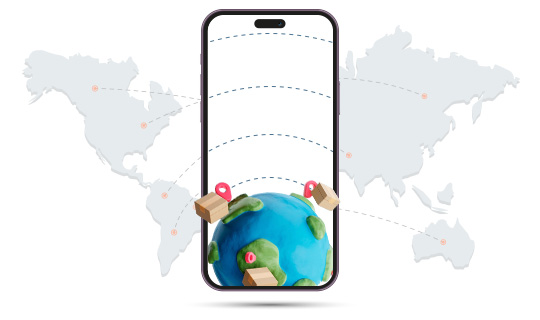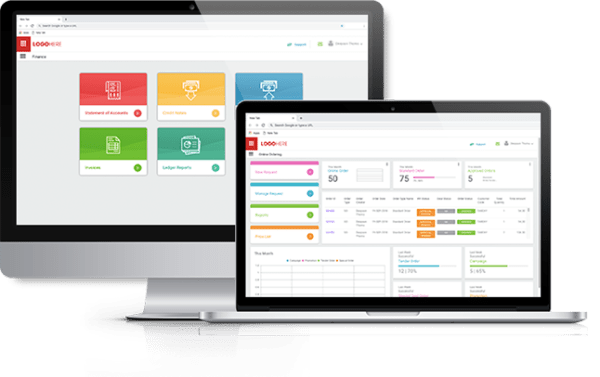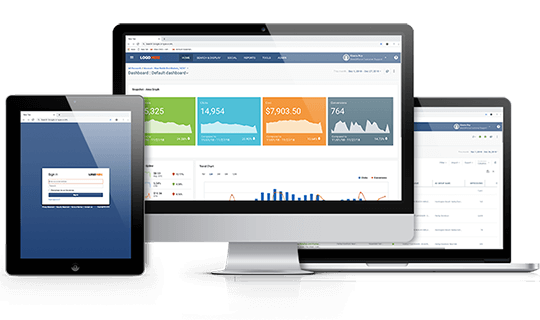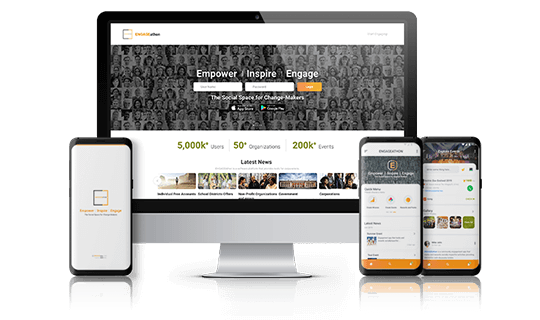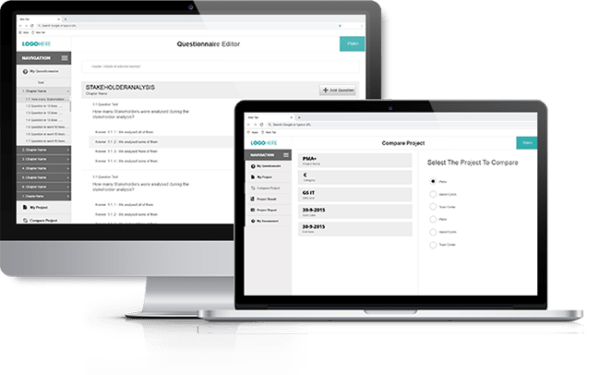In the world of business, maximising the functionality of IT systems is key to success. However, simply implementing the latest software and hardware solutions does not guarantee success. To unlock operational potential, businesses need to focus on customising user experiences. This involves tailoring IT systems to meet the specific needs of each user, department, and workflow. By doing so, businesses can improve efficiency, increase productivity, and ultimately, achieve better results.
So, how can businesses customise user experiences to maximise IT system functionality? Here are a few ways:
Understand User Needs
- The first step in customising user experiences is to understand the needs of the end-users. This involves identifying the workflows, tasks, and processes that each user performs, as well as the challenges they face. By understanding these needs, businesses can tailor IT systems to provide a seamless and efficient user experience.
Simplify User Interfaces
- Complex user interfaces can be overwhelming and confusing, leading to reduced productivity and user frustration. To maximise IT system functionality, businesses should simplify user interfaces to make them more intuitive and user-friendly. This can be achieved by using clear and concise language, minimising clutter, and providing users with easy-to-follow instructions.
Provide Training and Support
- Customising user experiences is only effective if users are able to take advantage of the new features and functionalities. To ensure that users are able to maximise the functionality of IT systems, businesses should provide adequate training and support. This can include online tutorials, training sessions, and helpdesk support.
Automate Workflows
- Automating workflows is a key component of customising user experiences to maximise IT system functionality. By automating routine tasks, businesses can reduce the risk of errors and free up time for users to focus on more important tasks. This can be achieved through the use of workflow automation tools that streamline processes and eliminate the need for manual intervention.
Implement Personalization
- Personalization is an effective way to customise user experiences and maximise IT system functionality. By allowing users to customise settings and preferences, businesses can provide a more personalised user experience that is tailored to each user’s needs. This can include customised dashboards, personalised reports, and tailored alerts.
In conclusion, unlocking operational potential requires businesses to focus on customising user experiences. By understanding user needs, simplifying user interfaces, providing training and support, automating workflows, and implementing personalization, businesses can maximise IT system functionality, improve efficiency, increase productivity, and ultimately, achieve better results.









